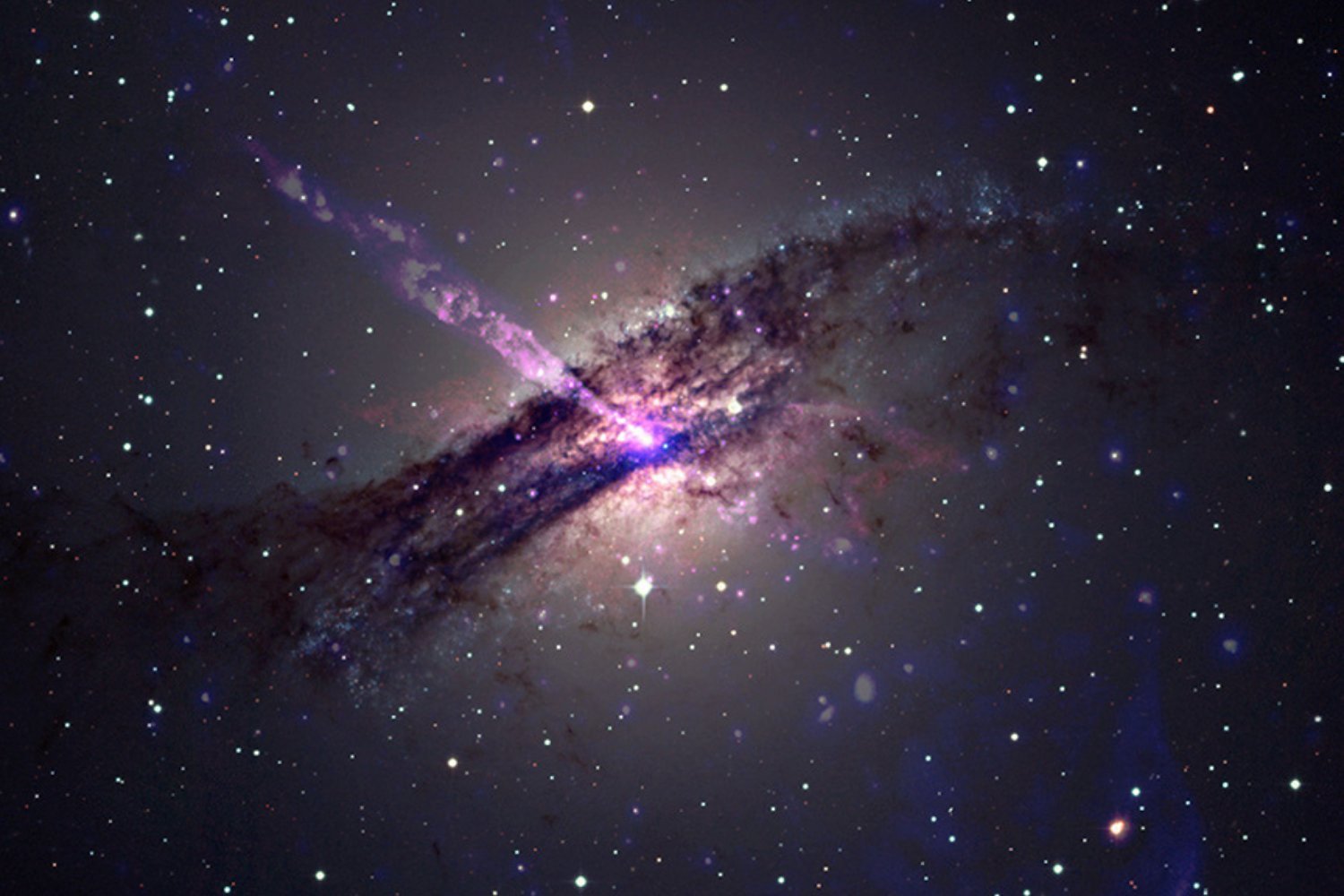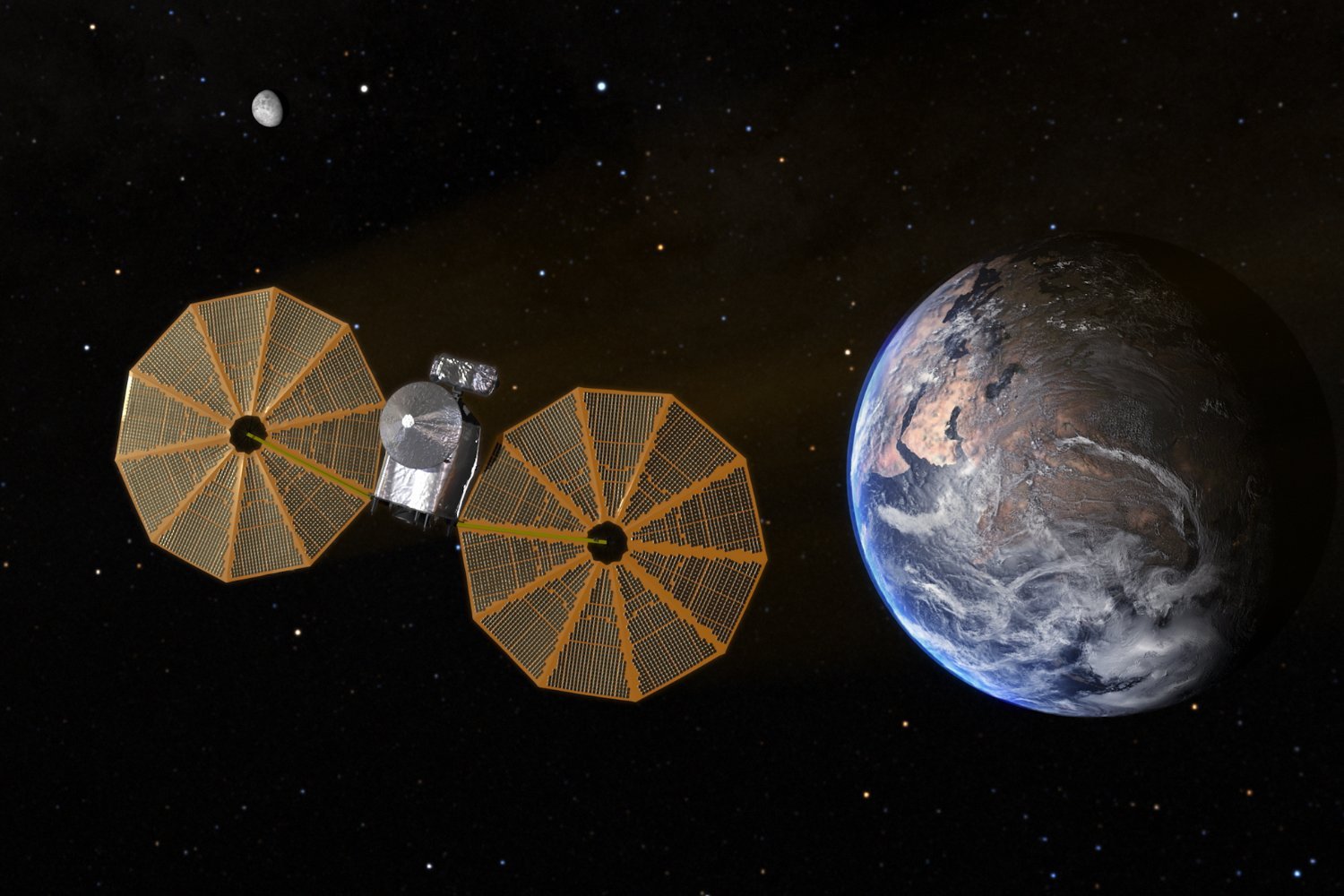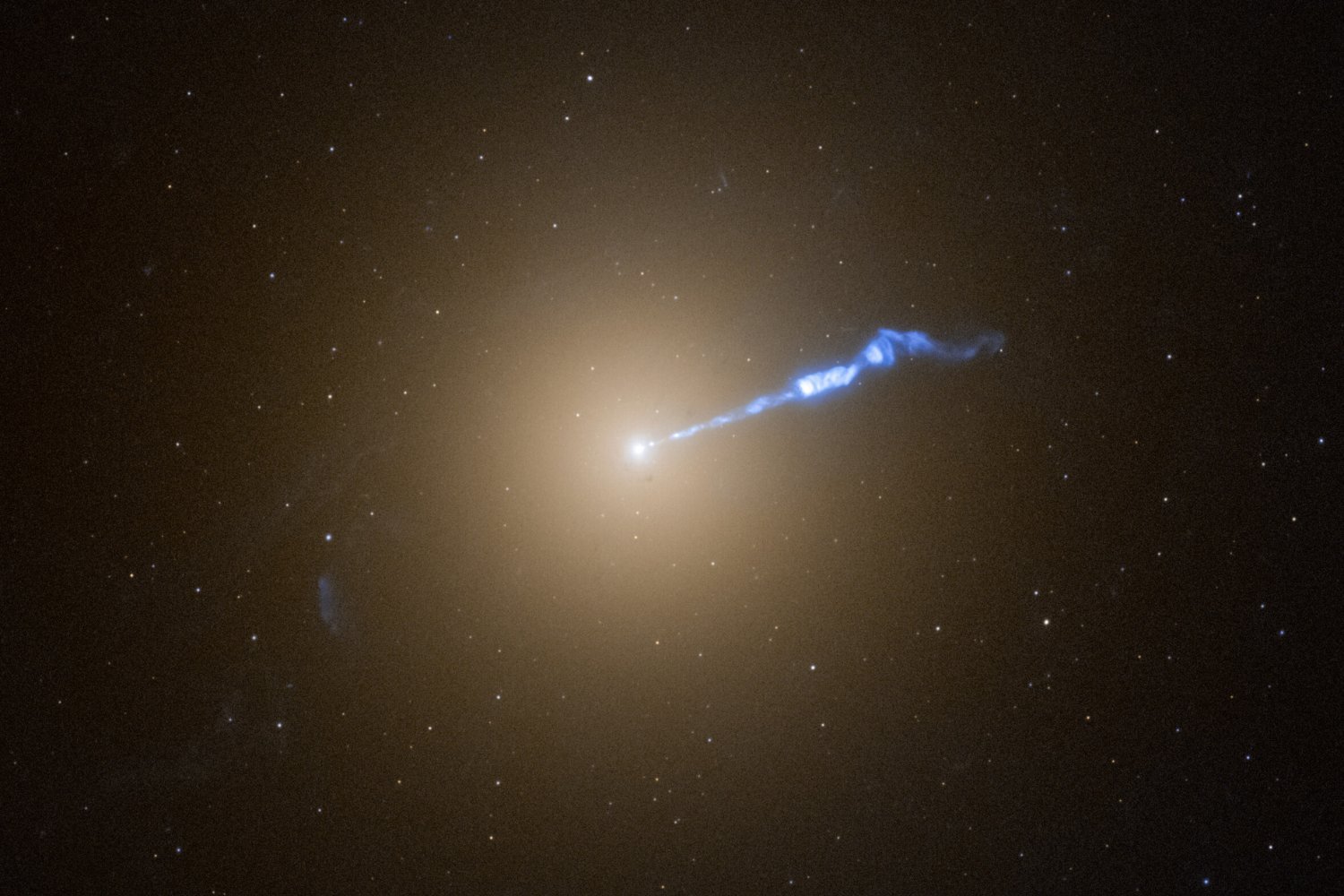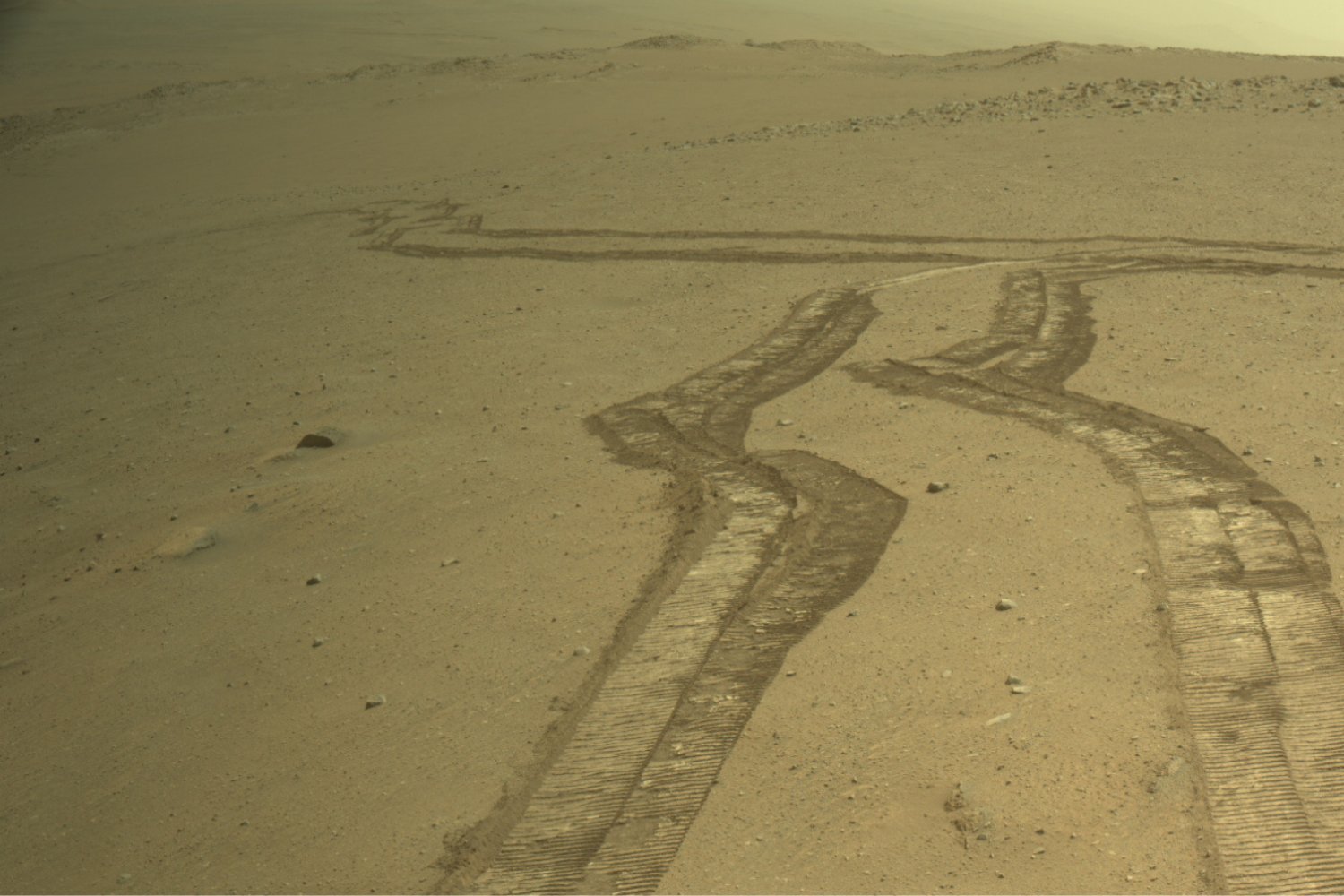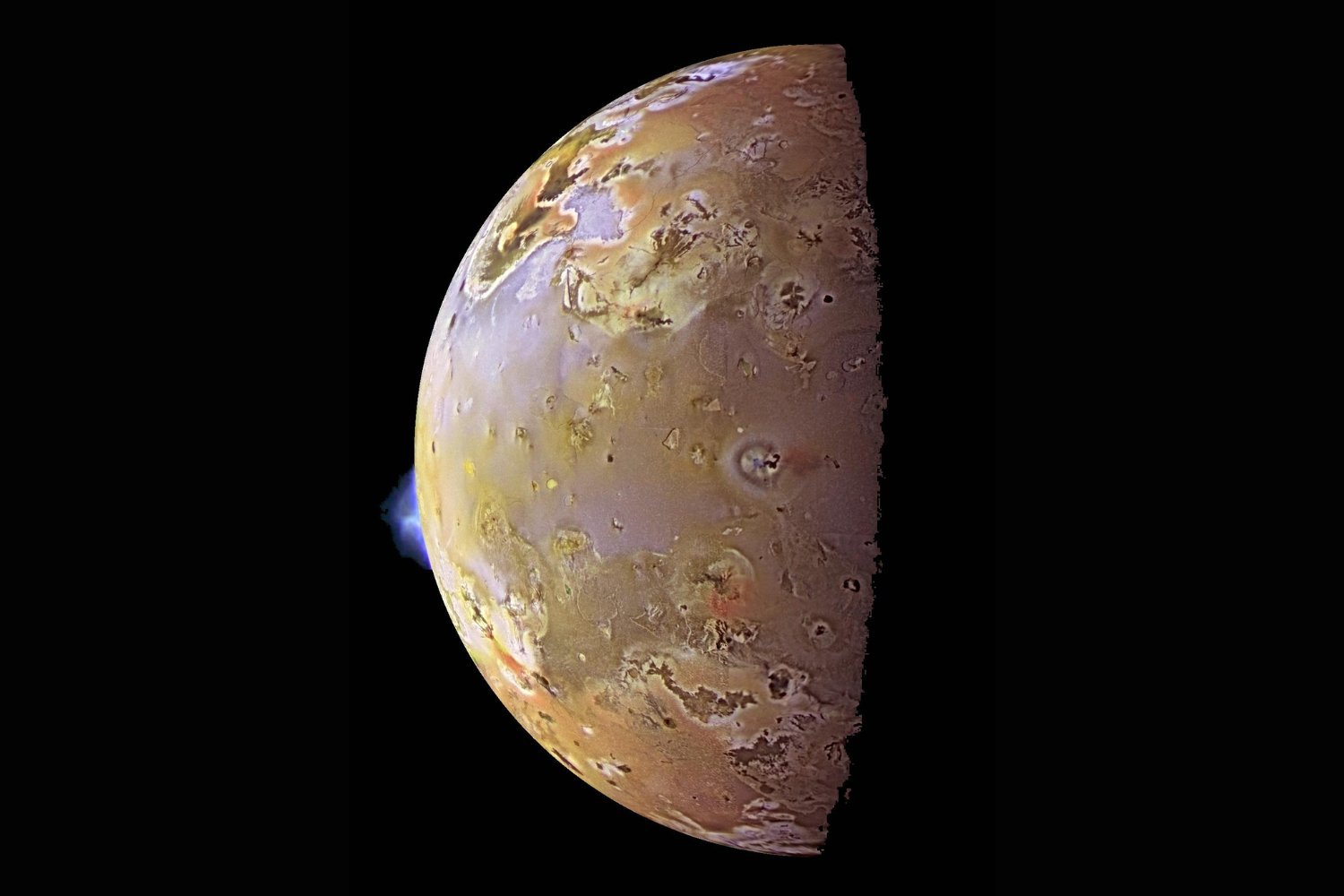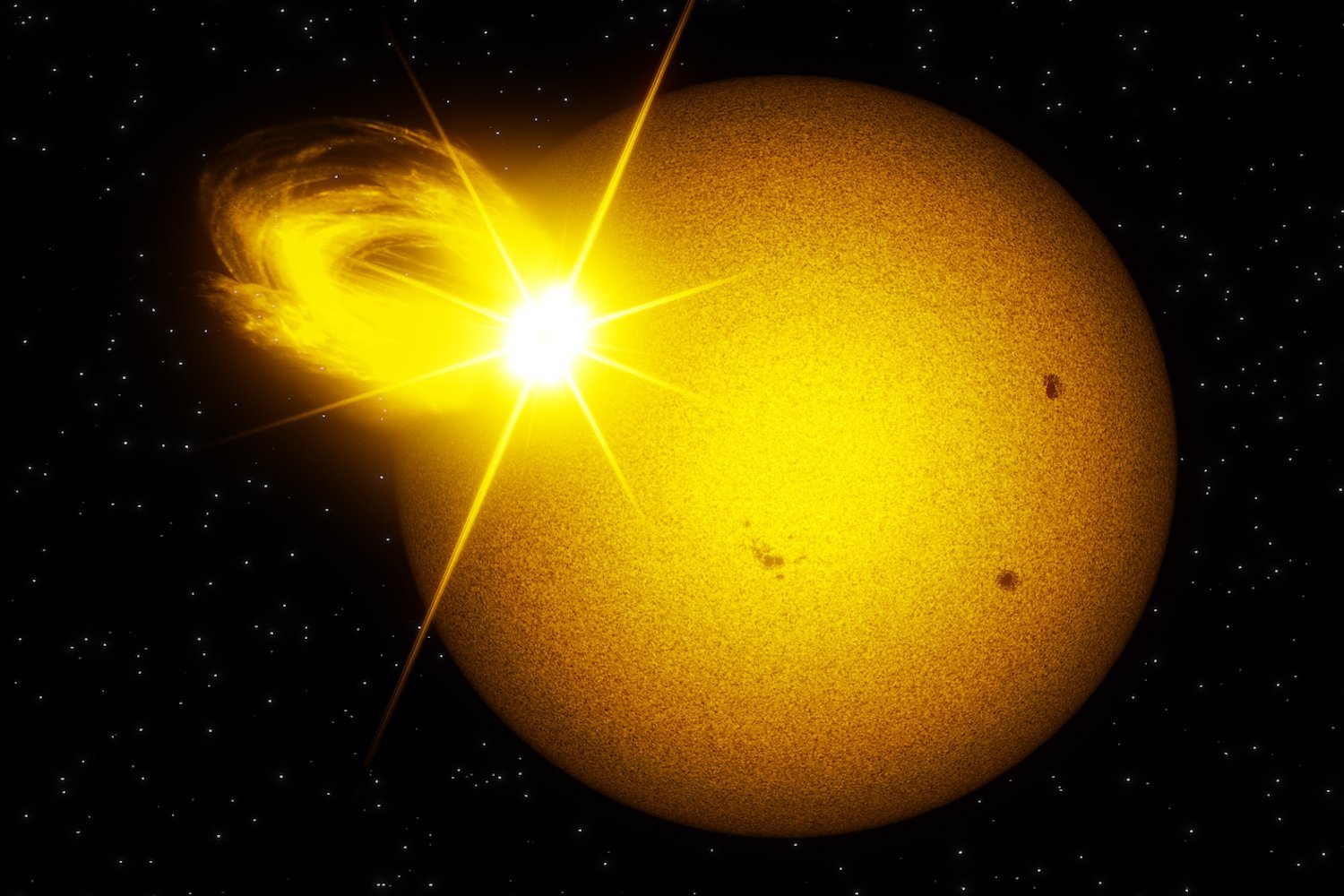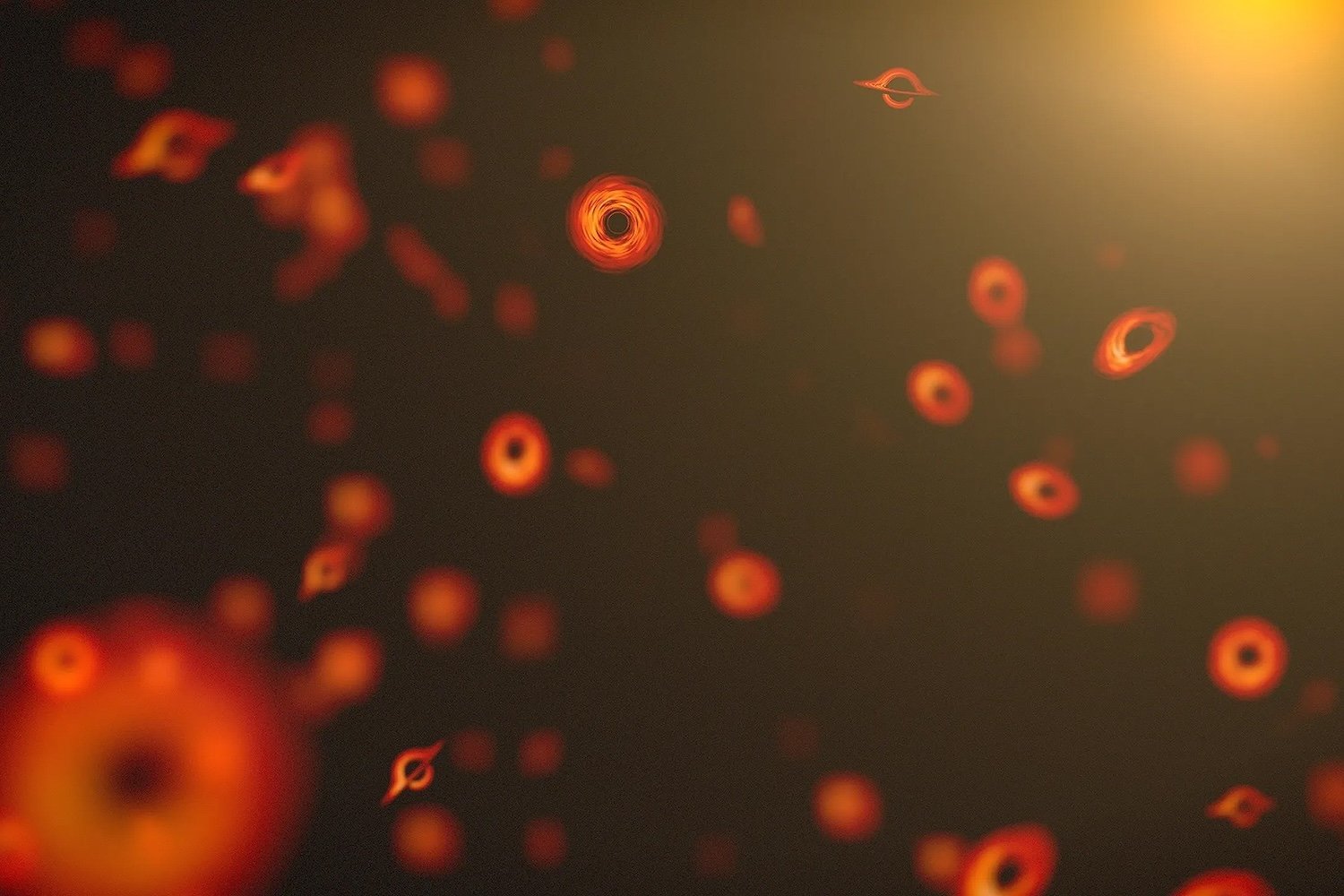A powerful jet emanating from a supermassive black hole in the galaxy Centaurus A, located 12 million light-years from Earth, has collided with a mysterious object, sparking intrigue among astronomers. This discovery was made possible by the deepest X-ray image ever taken of Centaurus A, captured by NASA’s Chandra X-ray Observatory. The enigmatic obstruction, designated C4, is emitting a significant amount of X-rays and raising questions about its nature. The findings surrounding Centaurus A and this unexpected obstacle were recently published in The Astrophysical Journal.
Black holes are regions of spacetime where gravity is so strong that nothing, not even light, can escape beyond a boundary known as the event horizon. These celestial objects can range in mass from a few times the mass of our Sun to billions of times its mass. Black holes often exhibit extreme phenomena, including the expulsion of high-energy particle jets that travel at near light speed. These jets can trigger stellar explosions and extend across vast cosmic distances. In a recent example, astronomers observed black hole jets stretching 140 times the width of our Milky Way galaxy.
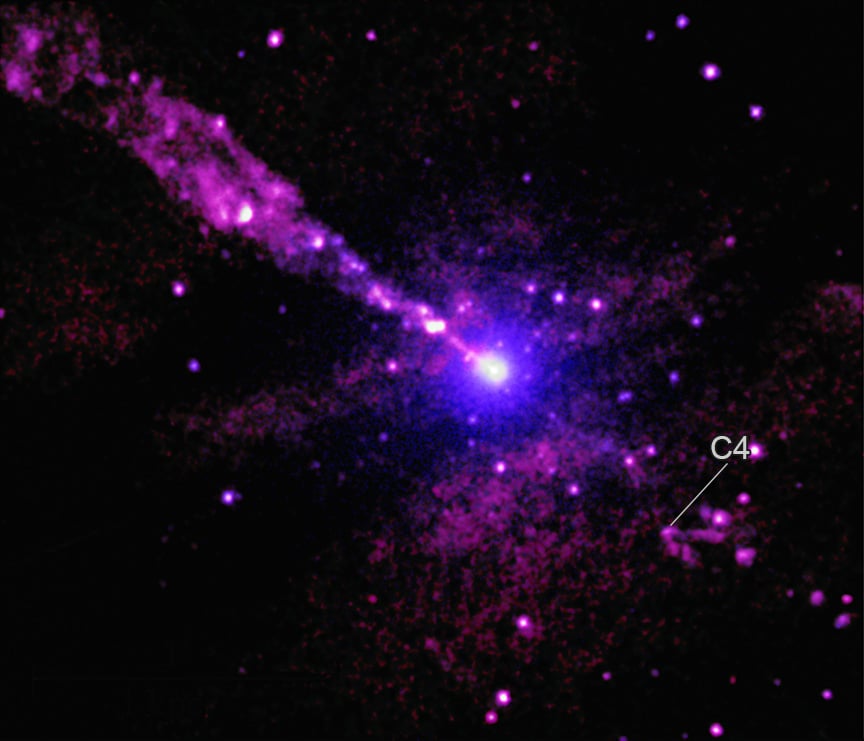 C4, as seen in a Chandra image.A close-up view of C4 from the Chandra X-ray Observatory, revealing its distinct V-shape. Image: NASA/CXC/SAO/D. Bogensberger et al.; Image Processing: NASA/CXC/SAO/N. Wolk
C4, as seen in a Chandra image.A close-up view of C4 from the Chandra X-ray Observatory, revealing its distinct V-shape. Image: NASA/CXC/SAO/D. Bogensberger et al.; Image Processing: NASA/CXC/SAO/N. Wolk
The Chandra image reveals C4’s distinctive V-shaped structure, formed by the impact of the black hole’s jet. Although the arms of the V appear small compared to the immense jet extending in the opposite direction, they each span an impressive 700 light-years. To put this in perspective, the black hole’s jet stretches 30,000 light-years, while the closest star to our Sun, Proxima Centauri, is just four light-years away. This highlights the sheer scale of cosmic phenomena.
 Wider view of Centaurus A, showcasing the black hole jet.A wider view of Centaurus A, showcasing the full extent of the black hole jet and its interaction with surrounding space. Image: NASA/CXC/SAO/D. Bogensberger et al.; Image Processing: NASA/CXC/SAO/N. Wolk
Wider view of Centaurus A, showcasing the black hole jet.A wider view of Centaurus A, showcasing the full extent of the black hole jet and its interaction with surrounding space. Image: NASA/CXC/SAO/D. Bogensberger et al.; Image Processing: NASA/CXC/SAO/N. Wolk
This is not the first instance of a black hole jet colliding with an object. Astronomers have previously observed the Centaurus A jet impacting other entities, possibly stars or gas clouds. However, the irregular V-shape of C4 suggests a unique interaction, possibly influenced by the nature of the object or the angle of impact.
Black hole jets are among the most dramatic events in the cosmos, and their behavior continues to surprise scientists. While the precise nature of C4 remains a mystery, researchers are actively investigating this intriguing phenomenon, aiming to unravel the secrets of this cosmic collision.



